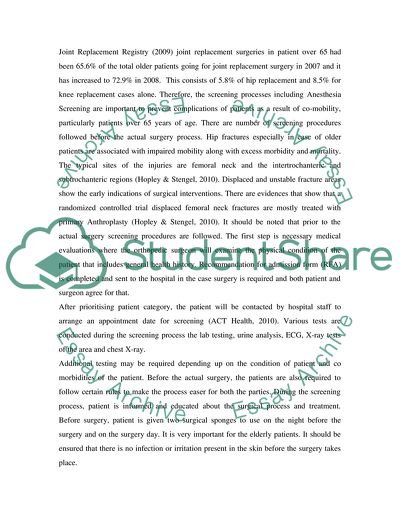Cite this document
(Qualitative Research in Preoperative Nursing Proposal, n.d.)
Qualitative Research in Preoperative Nursing Proposal. https://studentshare.org/nursing/1741051-assessment-1-qualitative-research-topic-development-literature-review-conceptual-framework
Qualitative Research in Preoperative Nursing Proposal. https://studentshare.org/nursing/1741051-assessment-1-qualitative-research-topic-development-literature-review-conceptual-framework
(Qualitative Research in Preoperative Nursing Proposal)
Qualitative Research in Preoperative Nursing Proposal. https://studentshare.org/nursing/1741051-assessment-1-qualitative-research-topic-development-literature-review-conceptual-framework.
Qualitative Research in Preoperative Nursing Proposal. https://studentshare.org/nursing/1741051-assessment-1-qualitative-research-topic-development-literature-review-conceptual-framework.
“Qualitative Research in Preoperative Nursing Proposal”. https://studentshare.org/nursing/1741051-assessment-1-qualitative-research-topic-development-literature-review-conceptual-framework.


